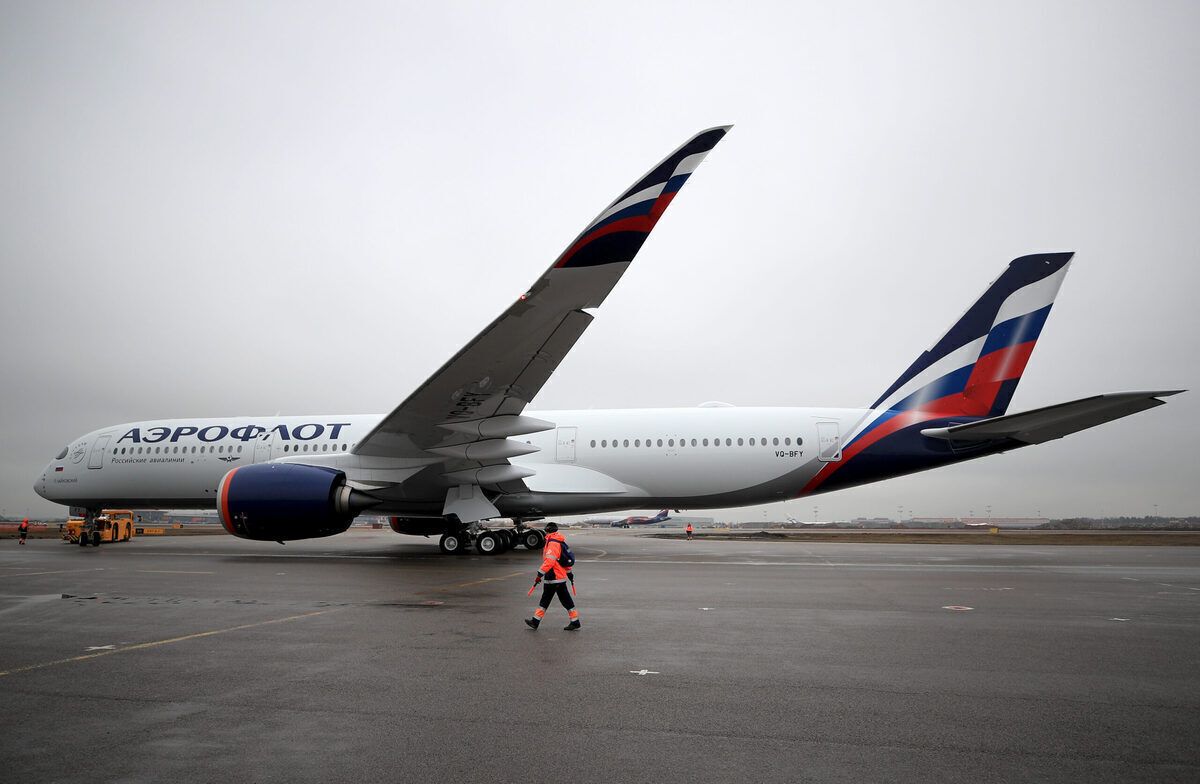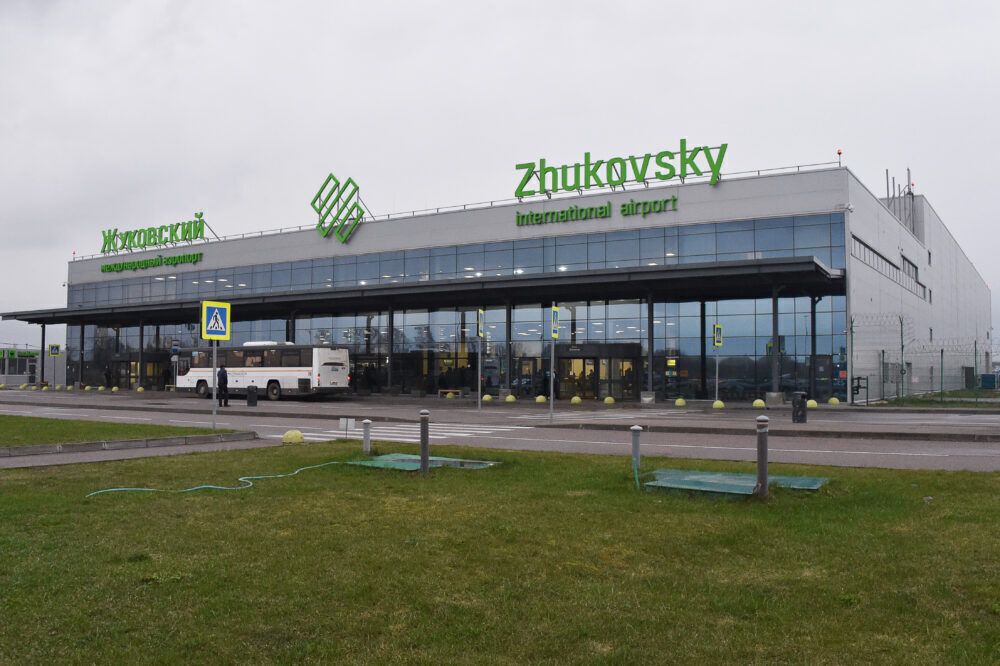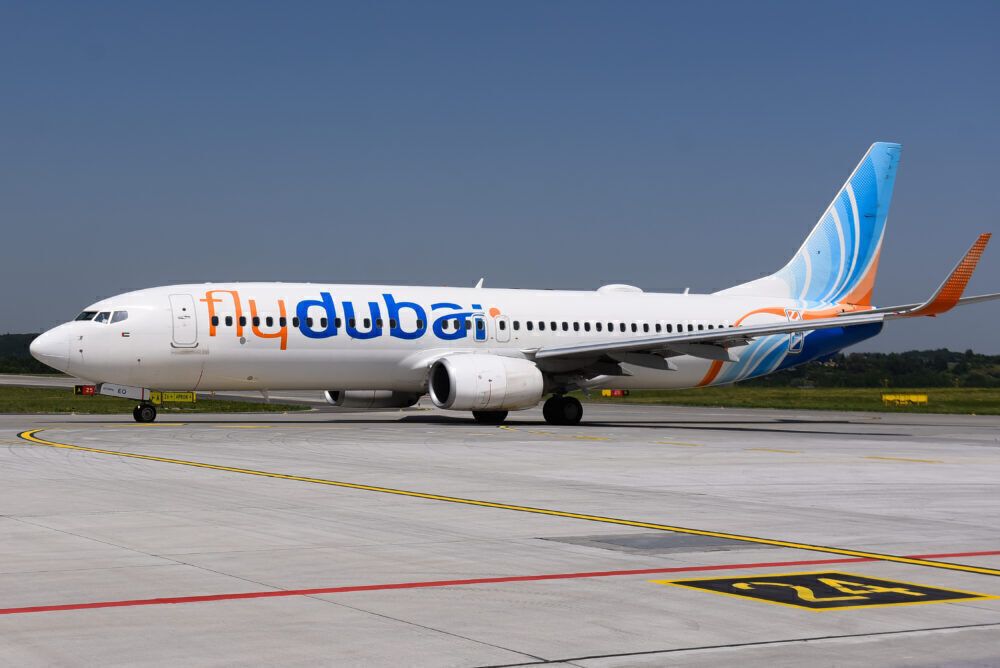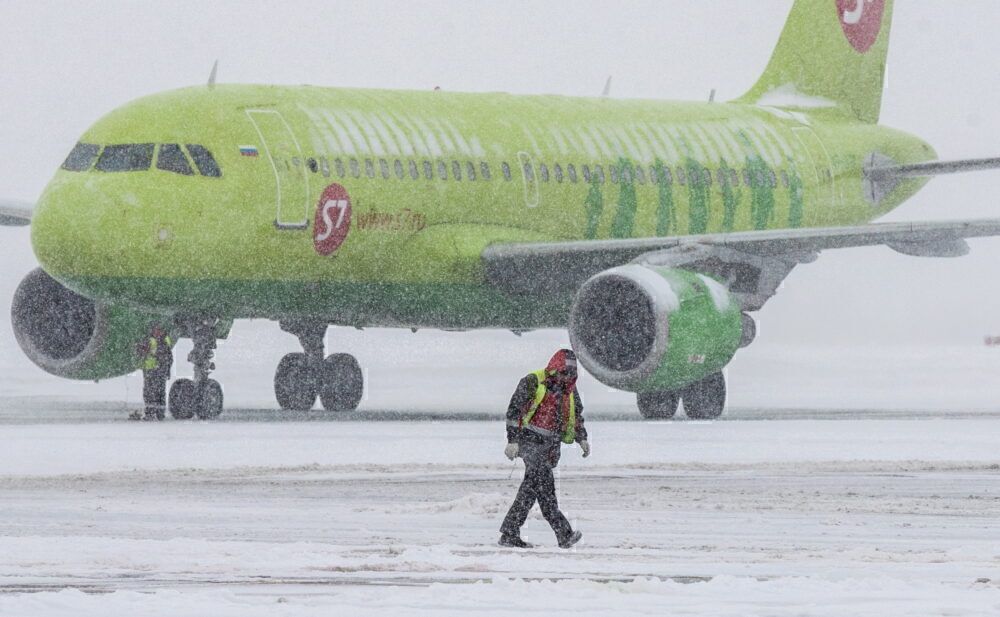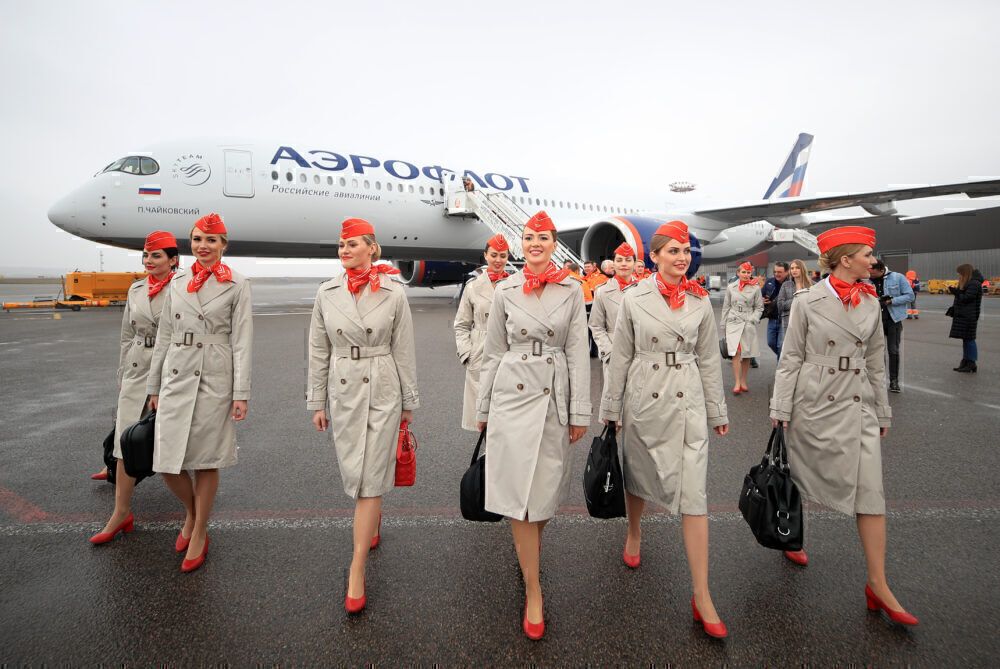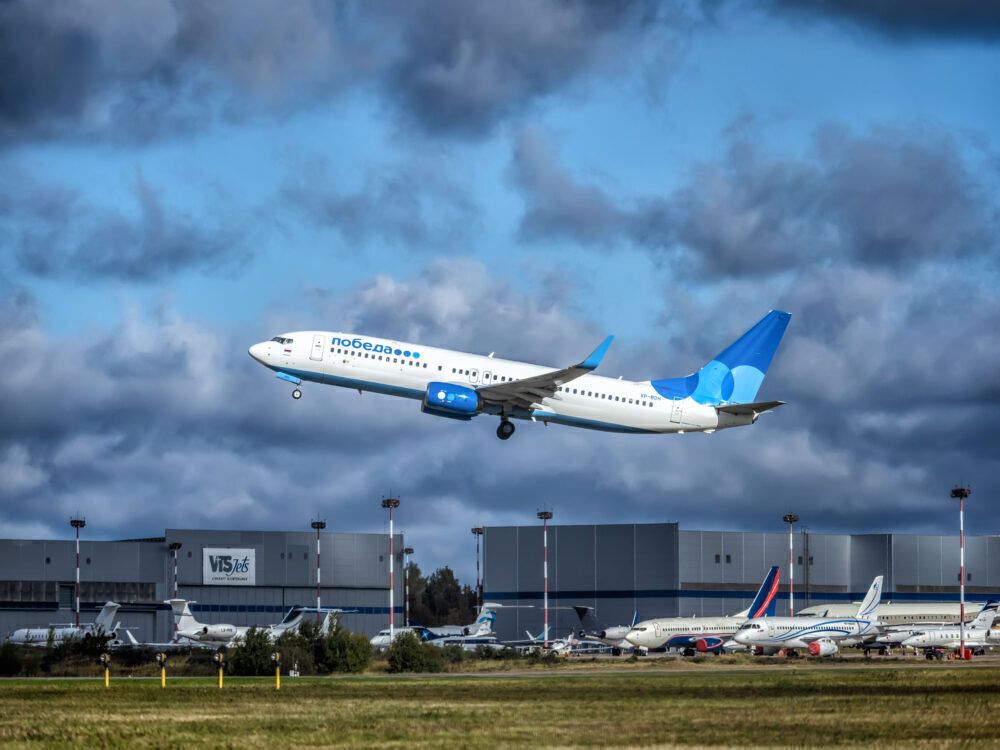With the opening of Zhukovsky Airport on May 30th, 2016, Moscow can officially claim four international commercial airports. Sheremetyevo in Khimki to the northwest, Domodedovo to the southeast, Vnukovo to the southwest, and the latest addition, Zhukovksy, slightly further north and east of Domodedovo. But just how do they differ, and why does the Russian capital have so many?
Different purposes depending on location
During the Soviet era, Sheremetyevo, Domodedovo, and Vnukovo served different purposes. Much like the Moscow railway station network, flights flowed outwards from the capital in accordance with their geographical location relative to the city center.
Sheremetyevo, still the country's largest to this date, was the main international airport. The second-largest is Domodedovo, or officially Domodedovo Mikhail Lomonosov International Airport, after a naming contest in 2019. It served as a hub for flights to Siberia, the Russian Far East, and Soviet republics in Central Asia. Routes from Domodedovo also connected the capital to more medium-haul destinations in the Urals.
Flights south to Ukraine and to Soviet-era leisure destinations by the Black Sea, meanwhile, operated out of Vnukovo. Aeroflot recently revived its Soviet Black Sea network as a response to travel restrictions and an expected increase in domestic tourism. However, the airline is bypassing hubs and flying nonstop from 15 cities other than St Petersburg and Moscow to destinations such as Anapa and Sochi, as well as Simferopol in Crimea.
Stay informed: Sign up for our daily and weekly aviation news digests.
Alleviating pressure through a fourth addition
The latest addition to the commercial roster, Zhukovsky, previously served as a USSR aircraft testing establishment and was later used by Russia's Ministry of Emergency Situations along with cargo carriers. Its single runway is the longest in Europe at 17,723 feet. The airfield is also the location of the biennial MAKS Air Show.
In 2011, President Putin made the decision to turn the airfield into a commercial airport. Moving much of low-cost and charter operations to Zhukovsky was meant to alleviate passenger buildup from the other three airports.
With a city of over 20 million increasingly internationally mobile people in its metropolitan area, it is easy to understand the need. Furthermore, Moscow serves as a major hub for Russians traveling domestically or further westward and for Europeans on their way to the Asia-Pacific region.
When re-opening, the airport and its new terminal had capacity for close to two million people per year, with plans to expand to 10.8 million. However, in 2019, passengers served remained just below the two-million mark.
Shared airspace may limit growth
Airlines operating flights to the airport include Russian low-cost and charter carriers such as the country's fifth-largest carrier Ural Airlines. However, it is also served by Belarusian Rubystar Airways and flag carrier Belavia, along with UAE low-cost specialist and significant 737 MAX customer flydubai.
Investments in passenger infrastructure may bring numbers up. However, Zhukovsky is limited in its growth as its airspace intersects with that of Domodedovo, Russia's second-busiest airport, which in 2018 served close to 30 million people.
This is a decrease from the peak year of 2015 when 33 million people passed through its gates. Partially explained by the opening of Zhukovsky, the decrease was also part of a longer trend of recession.
Second Domodedovo terminal delayed
Domodedovo is home to Russia's second-largest airline, S7, as well as the main hub for Ural Airlines. It is also the Moscow destination for many international carriers such as British Airways, Singapore Airlines, Emirates, Etihad, Qatar, Ethiopian, and ANA.
A second terminal was supposed to have opened at the airport in time for the 2018 FIFA World Cup. However, Rosaviatsia, the federal agency for air transport in Russia, failed to build a second runway to accommodate the T2 flights in time.
The date for its inauguration has since been pushed back as the agency has struggled to find a new contractor. When the new terminal is opened, it will take the total number of jet bridges from 22 to 33.
Sheremetyevo saw 50 million in 2019
Northwest of the city, Aeroflot's main base Sheremetyevo reigns supreme as Russia's largest and busiest airport. Passenger numbers peaked at nearly 50 million in 2019 before seeing a self-explanatory precipitous drop in 2020.
Aeroflot is joined at Sheremetyevo by its Skyteam alliance partners, such as Air France, KLM, Alitalia, Korean Air, and China Eastern. Other airlines serving the Khimki airport are LOT, Rossiya Russian Airlines, and Air India.
Sheremetyevo, like so many other airfields, was initially constructed for military purposes and inaugurated in 1957. However, it quickly transitioned to commercial services only two years later. In August 1959, the first revenue service took off for then Leningrad on a Tupolev-Tu104.
The oldest terminal still standing at Sheremetyevo was built for the Moscow Summer Olympics in 1980. It has the designation F, with terminals A, B, C, and E, all being constructed in their current iteration since the 2000s. As anyone traveling via Terminal F may attest, it still very much evokes its Soviet-era heritage.
Oldest airport now home to Pobeda
While Sheremetyevo may be the most famous of Moscow's airports, it is not the oldest. Vunkovo International Airport, today the third of the quartet in terms of passenger numbers at over 21 million in 2018, opened in 1941. It was constructed by inmates of a Gulag concentration camp that had been designated especially for the purpose.
It was used as a military airbase until the first passenger flight took off in September 1956. The service was operated by a Tupolev-Tu104 and went to Irkutsk by way of Omsk. Vnukovo is formally known as Vnukovo Andrei Tupolev Airport, in honor of the Soviet aerospace engineer.
Today, its two passenger terminals are the base of low-cost success Pobeda. Fellow budget carrier Wizz has also chosen Vnukovo as its Moscow destination, as well as Turkish Airlines and Uzbekistan Airways.
How many Moscow airports have you flown from? With what airline and where were you going? Leave a comment below and share your experience.

